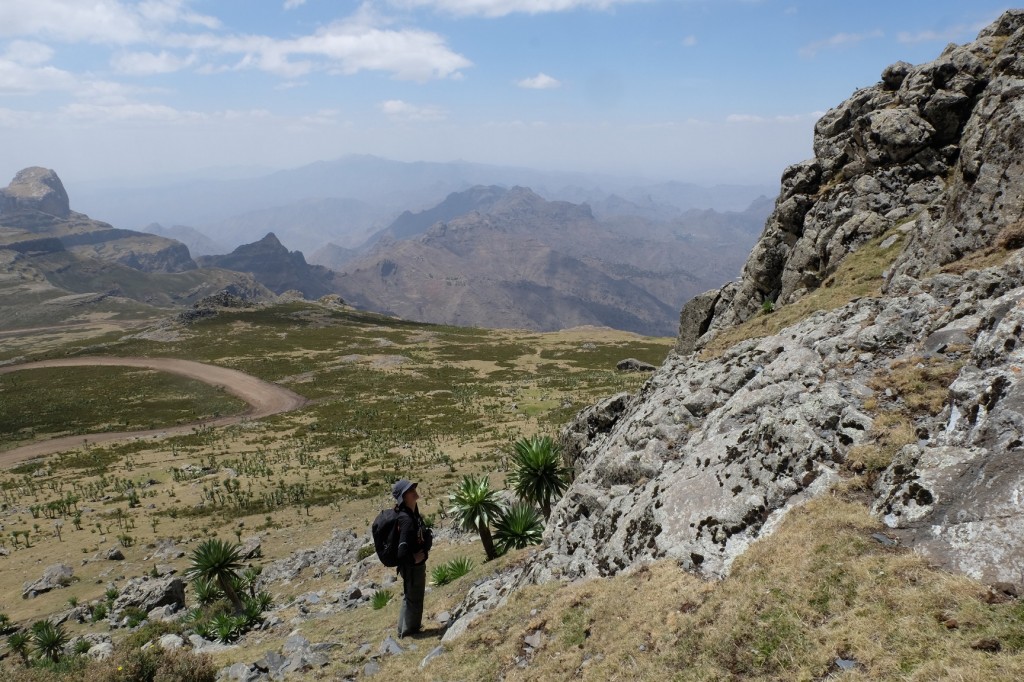For Ada Lovelace Day, Angela Suriyakumaran — a PhD student in the School of Chemistry and a STEM Ambassador — shares a personal reflection.
Someone recently asked me if I had a role model in science that I aspired to as a kid. A lot of you would expect me to name a famous scientist we all learn about in school, but my answer was no. There is one simple reason to that: no one I read or heard about was like me.
Let me add some context: I am a scientist, who happens to be of the South Asian origin, gay, first in my family to attain a degree and a woman. As a kid, I knew I was different but it took me years to realise why, and how that may create some obstacles for me in life. I was different from my family, who only knew manual labour as a way of life and just wanted to survive. I was different from the nine-year-olds in my first UK school, who didn’t understand the sorrow of leaving behind your best friends (human and dog) in a country over 5000 miles away. I was different from the boys who were expected to excel in the sciences and the girls in the arts, because I was okay at sewing but better at multiplying. All of these differences are part of my identity, but they are also the reasons why I could not and often still cannot find role models to connect to within Science.
Being a woman in STEM is a privilege I treasure, but it also comes with the burden of knowing that there are kids still out there who feel just as different as me. Some of these kids will overcome those barriers to reach heights they never even dreamed of, and for some, it will fade into the background as just a dream. So why does all of this matter?
I believe there is real worth in taking the time to go out to schools, and reach out to kids, especially young girls, to teach, inspire and show them that there are people just like them living their dream. Even if we inspire just one self-doubting young girl to keep chasing her aspirations, we have made a difference. And who knows? She may be the next Ada Lovelace, Katherine Johnson or Youyou Tu, but most importantly, we have given her the tools to be the best version of herself.
One day a year is not enough time to show a world full of kids that they are not alone in breaking down barriers through their very existence, but it’s a start.









